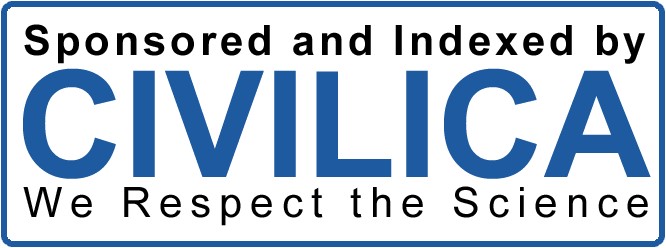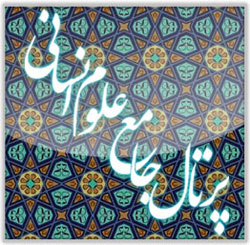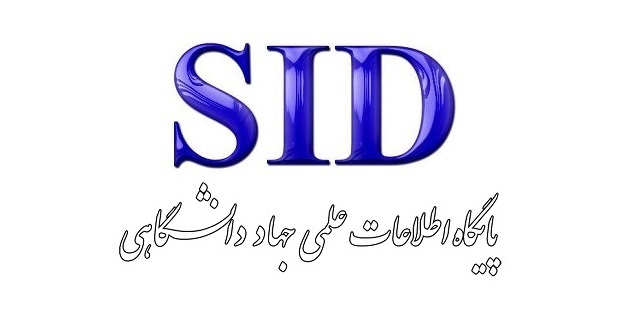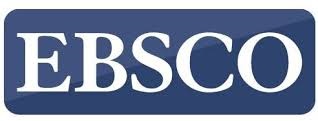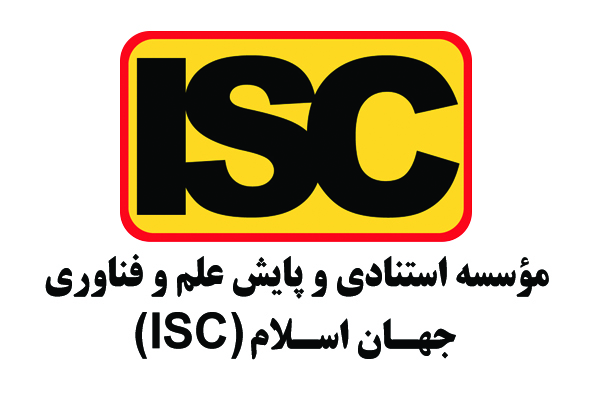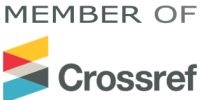ارائه مدل پادشکنندگی در سازمانهای مالی ایران از طریق تحلیل مضمون(تماتیک)
کلمات کلیدی:
پادشکنندگی, سازمانهای مالی, تحلیل تمچکیده
پژوهش حاضر با هدف ارائه مدل کیفی پادشکنندگی در سازمانهای مالی ایران بررسی گردید. روش تحقیق به لحاظ روش اجرا و گردآوری دادهها، پژوهشی کیفی است، به این صورت که برای طراحی مدل از روش کیفی تحلیل تم استفاده گردید. سپس جهت تعیین روایی ابعاد مدل از آیتمهای روایی محتوای CVI، CVR و S-CVI بکار گرفته شد. جامعه آماری مطالعه را مدیران سازمانهای مالی و اساتید دانشگاهها در کشور ایران تشکیل داده است. در زمینه مرتبط با موضوع تحقیق با مصاحبه 10 نفر از خبرگان اشباع نظری گردید. نتایج تحقیق منجر به شناسایی 79 کد و 19 مضمون در قالب چهار دسته از مقولات اصلی از قبیل 1- مقوله تصادفی و محیطی که شامل مولفههای انعطافپذیری، بحران مالی، عملکرد تابآورانه، چابکی و انطباقپذیری و 2- مقوله عملکرد مالی شامل مولفههای کنترل هزینهها، عملکرد مالی موسسات، استقلال بانک مرکزی، نوسان تورم، مدیریت جریانهای نقدی، 3- مقوله مدیریتی شامل مولفههای مدیریت ریسک، بهبود رشد اقتصادی، مدیریت سرمایه، سیاستهای مالی، ارتباط با دولت، و 4- مقوله سازمانی شامل مولفههای نوآوری و خلاقیت، توانایی سازگاری، مقاومت و مقابله، یکپارچگی و توانمندسازی خدمات گردید. همچنین نتایج روایی مدل نشان داد که مدل از روایی محتوایی بالایی برخوردار است.
دانلودها
مراجع
Babovic, F., Babovic, V., & Mijic, A. (2018). Antifragility and the development of urban water infrastructure.
International journal of water resources development, 34(4), 499-509.
https://doi.org/10.1080/07900627.2017.1369866
Bayat, M., & Khansari, M. (2021). Resilience of Random Boolean Networks Using Network Entropy. First National
Conference on Complex Systems with a Focus on Network Science, Tehran.
Blečić, I., & Cecchini, A. (2017). On the antifragility of cities and of their buildings. City, Territory and Architecture, 4,
-11. https://doi.org/10.1186/s40410-017-0062-4
Creswell, J. W. (2012). Educational research: Planning, conducting, and evaluating quantitative and qualitative
research. Sage publications. https://repository.unmas.ac.id/medias/journal/EBK-00121.pdf
Creswell, J. W., & Creswell, J. D. (2005). Research design: Qualitative, quantitative, and mixed methods approaches.
Sage publications. https://www.ucg.ac.me/skladiste/blog_609332/objava_105202/fajlovi/Creswell.pdf
Danchin, A., Binder, P. M., & Noria, S. (2015). Antifragility and tinkering in biology (and in business) flexibility provides
an efficient epigenetic way to manage risk. Genes, 2(4), 998-1016. https://doi.org/10.3390/genes2040998
Größler, A. (2020). A managerial operationalization of antifragility and its consequences in supply chains. Systems
Research and Behavioral Science, 37(6), 896-905. https://doi.org/10.1002/sres.2759
Iqbal, N. (2016). Analysis of the Educational System from the Resilience Perspective. Electricity Era Journal, 3(5), Fall.
https://noavaryedu.oerp.ir/journal/editorial.board
Mohammadi, T., Shakeri, A., Taghavi, M., & Ahmadi, M. (2017). Elucidating the Concept, Dimensions, and Components
of Economic Resilience. Strategic Studies Journal of Basij, 20(75). https://www.bsrq.ir/article_80461.html?lang=fa
Momeni, S. M., Qasemi, A. R., Shahbazi, M., & Safari, A. (2021). Analysis of Resilience in the Service Supply Chain
in the Iranian Insurance Industry. Future Management Journal(67), 183-198.
https://www.sid.ir/fa/journal/SearchPaperlight.aspx?str=%D8%B2%D9%86%D8%AC%DB%8C%D8%B1%D9%
%20%D8%AA%D8%A7%D9%85%DB%8C%D9%86%20%D8%AE%D8%AF%D9%85%D8%A7%D8%AA
Munoz, A., Billsberry, J., & Ambrosini, V. (2022). Resilience, robustness, and antifragility: Towards an appreciation of
distinct organizational responses to adversity. International Journal of Management Reviews, 24(2), 181-187.
https://doi.org/10.1111/ijmr.12289
Qasemi, H. A. M., & Abbas. (2019). Estimating the Resilience Index of the Monetary and Financial Sector of the Iranian
Economy. Applied Economic Theories Journal, 6(3). https://www.sid.ir/paper/386094/fa
Rahimian Asal, M. M., & Maleki, M. H. (2023). A Model for Evaluating Supply Chain Resilience: A Case Study of
Daroupakhsh Distribution Company. Decision Making and Operations Research Journal, 8(1). https://www.journaldmor.ir/article_188158.html
Ramezani, J., & Camarinha-Matos, L. M. (2019). A collaborative approach to resilient and antifragile business
ecosystems.
Saidi Ravani, N., Mahdinejad, H., & Bayat, M. (2018). Spatial Distribution of Housing Poverty and Access to Welfare
Facilities in Shahriar City. International Conference on Security, Progress, and Sustainable Development of Border
Areas, Territorial Regions, and Metropolises: Solutions and Challenges with a Focus on Passive Defense and Crisis
Management, Tehran.
Taleb, N. N. (2012). Antifragile: Things That Gain from Disorder (Translated by Mina Safari, Edited by Behnam Fallah
ed.). Novin Tose'e Publications. http://kgt.bme.hu/files/BMEGT30M400/Taleb_Antifragile__2012.pdf
Taleb, N. N. (2013). 'Antifragility' as a mathematical idea. Nature, 494(7438), 430-430. https://doi.org/10.1038/494430e

دانلود
چاپ شده
ارسال
بازنگری
پذیرش
شماره
نوع مقاله
مجوز
حق نشر 2024 تکنولوژی در کارآفرینی و مدیریت استراتژیک

این پروژه تحت مجوز بین المللی Creative Commons Attribution-NonCommercial 4.0 می باشد.



